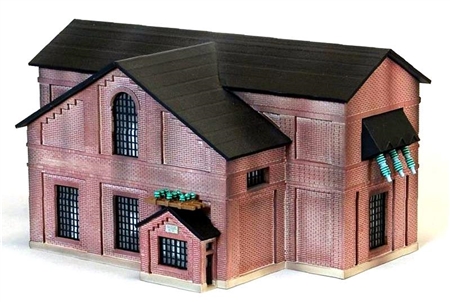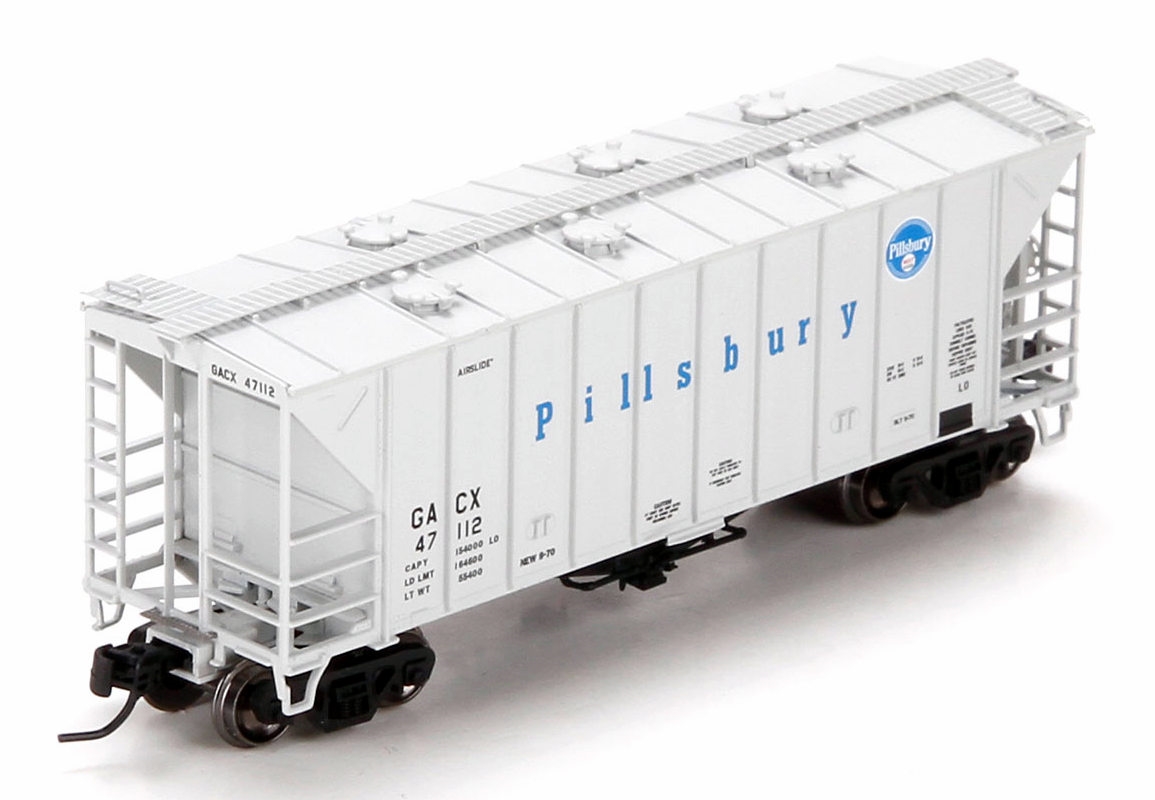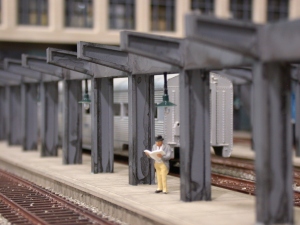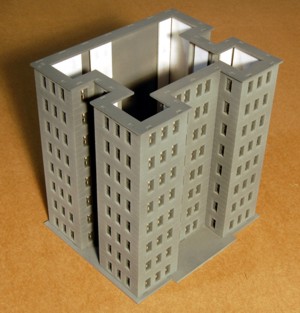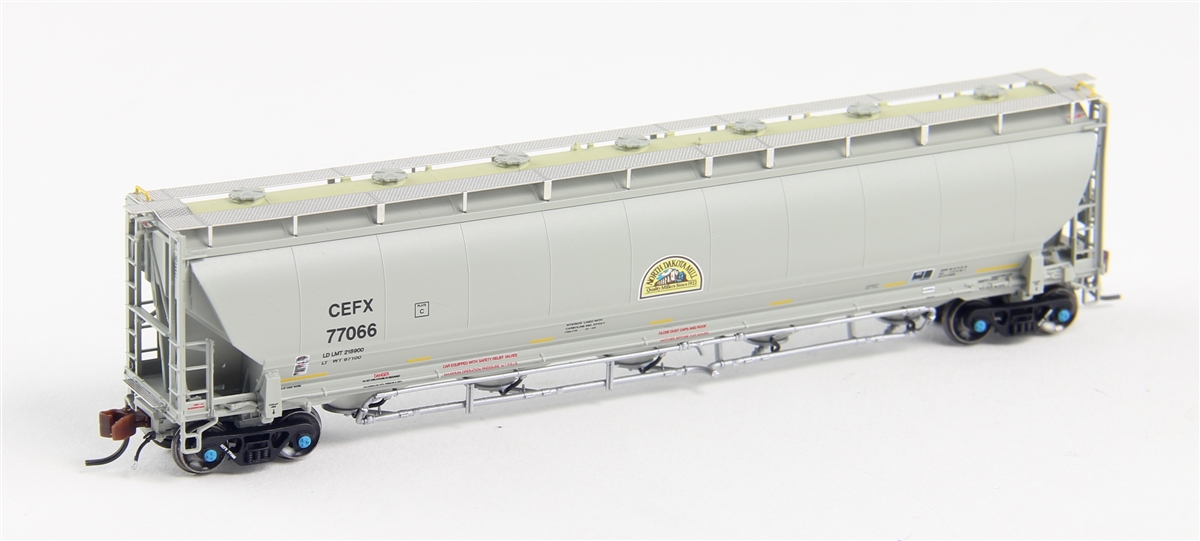Specific Item Information: Kit features laser cut acrylic parts. Cast detail parts. Tab and slot construction, detailed instructions and photos help with assembly.
Designed from an actual substation this kit features lots of detail and will be a centerpiece on your layout. Substations convert high voltage electricity to lower voltage electricity. They can also be used to regulate or distribute electricity on a grid. Our kit is based on a substation found along the Milwaukee Road. It provided regulated electrical power to the catenary lines on the railroad. It can be used for many other applications as well, many large industries would require a substation.
Designed from an actual substation this kit features lots of detail and will be a centerpiece on your layout. Substations convert high voltage electricity to lower voltage electricity. They can also be used to regulate or distribute electricity on a grid. Our kit is based on a substation found along the Milwaukee Road. It provided regulated electrical power to the catenary lines on the railroad. It can be used for many other applications as well, many large industries would require a substation.
Road Name History: 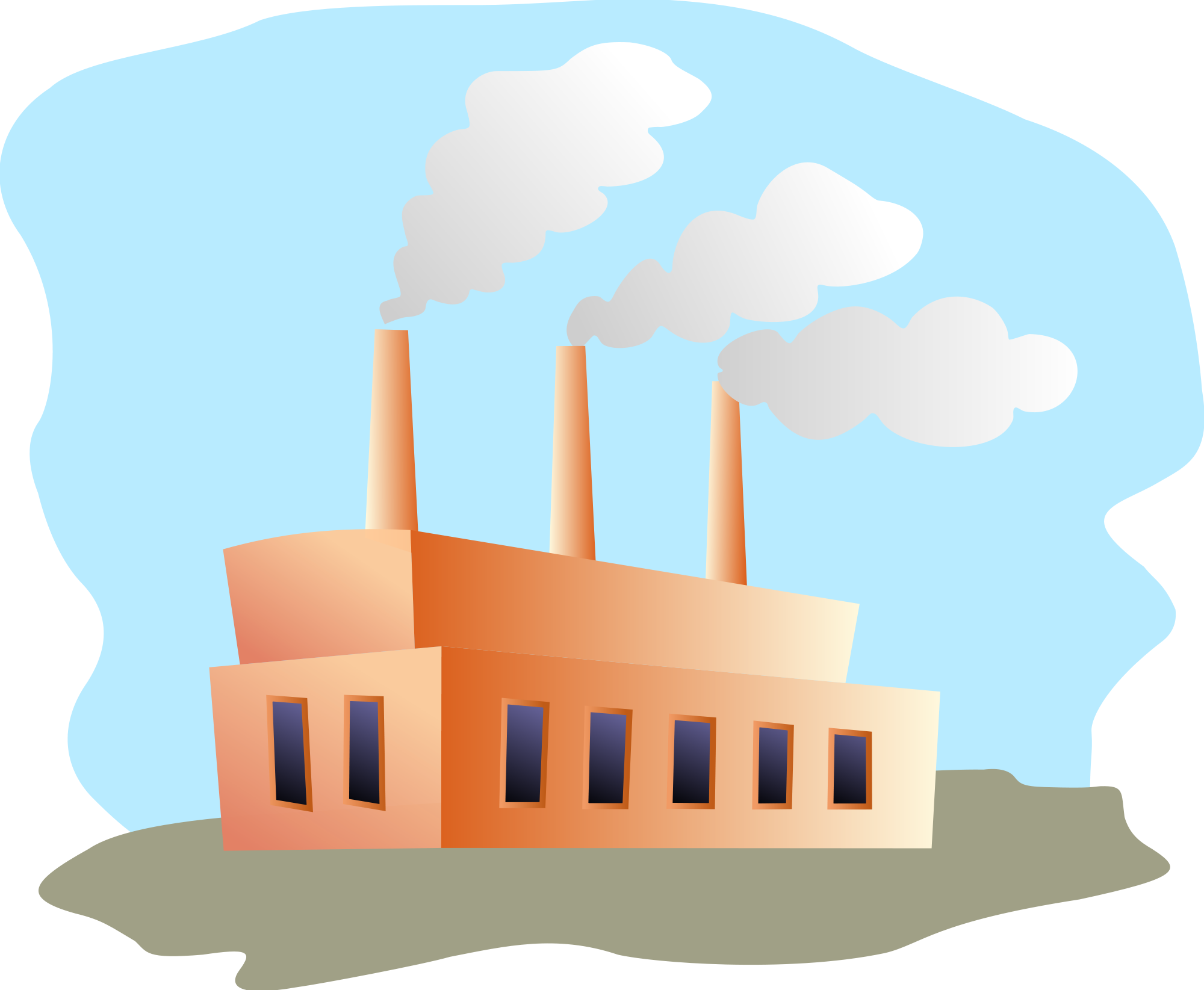 A factory (previously manufactory) or manufacturing plant is an industrial site, usually consisting of buildings and machinery, or more commonly a complex having several buildings, where workers manufacture goods or operate machines processing one product into another.
A factory (previously manufactory) or manufacturing plant is an industrial site, usually consisting of buildings and machinery, or more commonly a complex having several buildings, where workers manufacture goods or operate machines processing one product into another.
Factories arose with the introduction of machinery during the Industrial Revolution when the capital and space requirements became too great for cottage industry or workshops. Early factories that contained small amounts of machinery, such as one or two spinning mules, and fewer than a dozen workers have been called "glorified workshops".
Most modern factories have large warehouses or warehouse-like facilities that contain heavy equipment used for assembly line production. Large factories tend to be located with access to multiple modes of transportation, with some having rail, highway and water loading and unloading facilities.
From Wikipedia

Factories arose with the introduction of machinery during the Industrial Revolution when the capital and space requirements became too great for cottage industry or workshops. Early factories that contained small amounts of machinery, such as one or two spinning mules, and fewer than a dozen workers have been called "glorified workshops".
Most modern factories have large warehouses or warehouse-like facilities that contain heavy equipment used for assembly line production. Large factories tend to be located with access to multiple modes of transportation, with some having rail, highway and water loading and unloading facilities.
From Wikipedia
Item created by: gdm on 2016-11-15 15:30:41. Last edited by CNW400 on 2020-12-09 15:32:49
If you see errors or missing data in this entry, please feel free to log in and edit it. Anyone with a Gmail account can log in instantly.
If you see errors or missing data in this entry, please feel free to log in and edit it. Anyone with a Gmail account can log in instantly.


